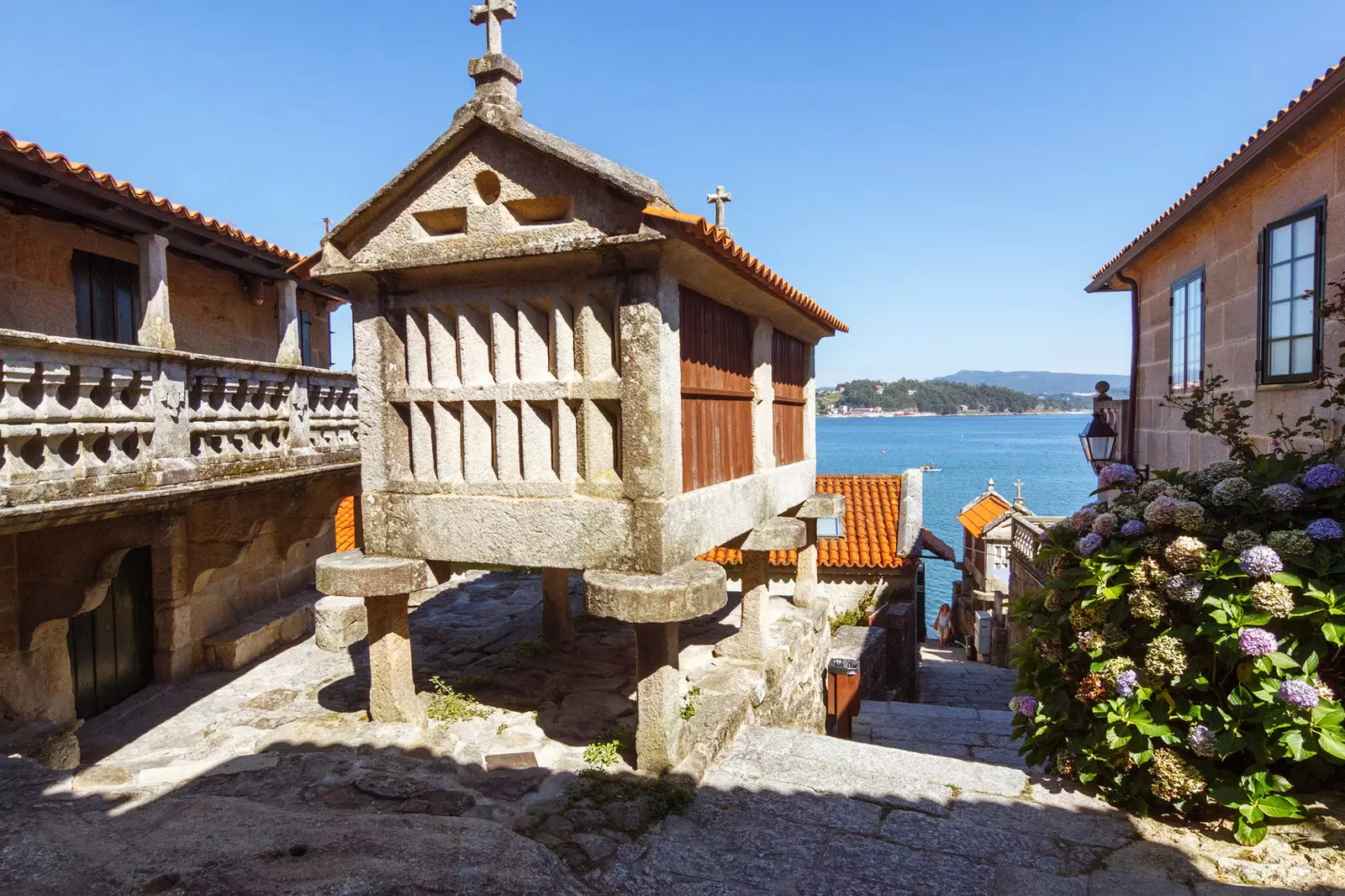
The hórreos, symbols of a Galicia that endures
At the intersection of First Avenue and 39th Avenue, in the Wynwood neighborhood of Miami, is the store of Loewe . Just opposite there are two other big firms. Tom Ford and Lanvin. In the middle and middle of the world, in one of those fashionable neighborhoods where many of the great fortunes would beat themselves to set foot, where abandoned buildings are filled with art galleries and hipsters rub shoulders with foodies to try the latest genius in slow food; there, in that store, there is a granary.
It was in 2015. They took stone by stone from a town located on the Galician-Portuguese border . In that magical area where the line that separates two administrations is barely visible. A granary with four clearings -the clear ones are the spaces is what is divided-. Send carallo, what would my father say.
One of our barns in the USA, from the 18th century , the first to be seen in these lands and from the hand of a great firm, present on the big catwalks and worn by celebrities from all over the planet. It was the idea of the creative director of the firm, Jonathan Anderson.
There, without belts or staves (tablets), there is only the stone structure and part of the roof either. They wanted to show a piece of history in a modern way. Abstracted from its surroundings, decontextualized, a building within a building.
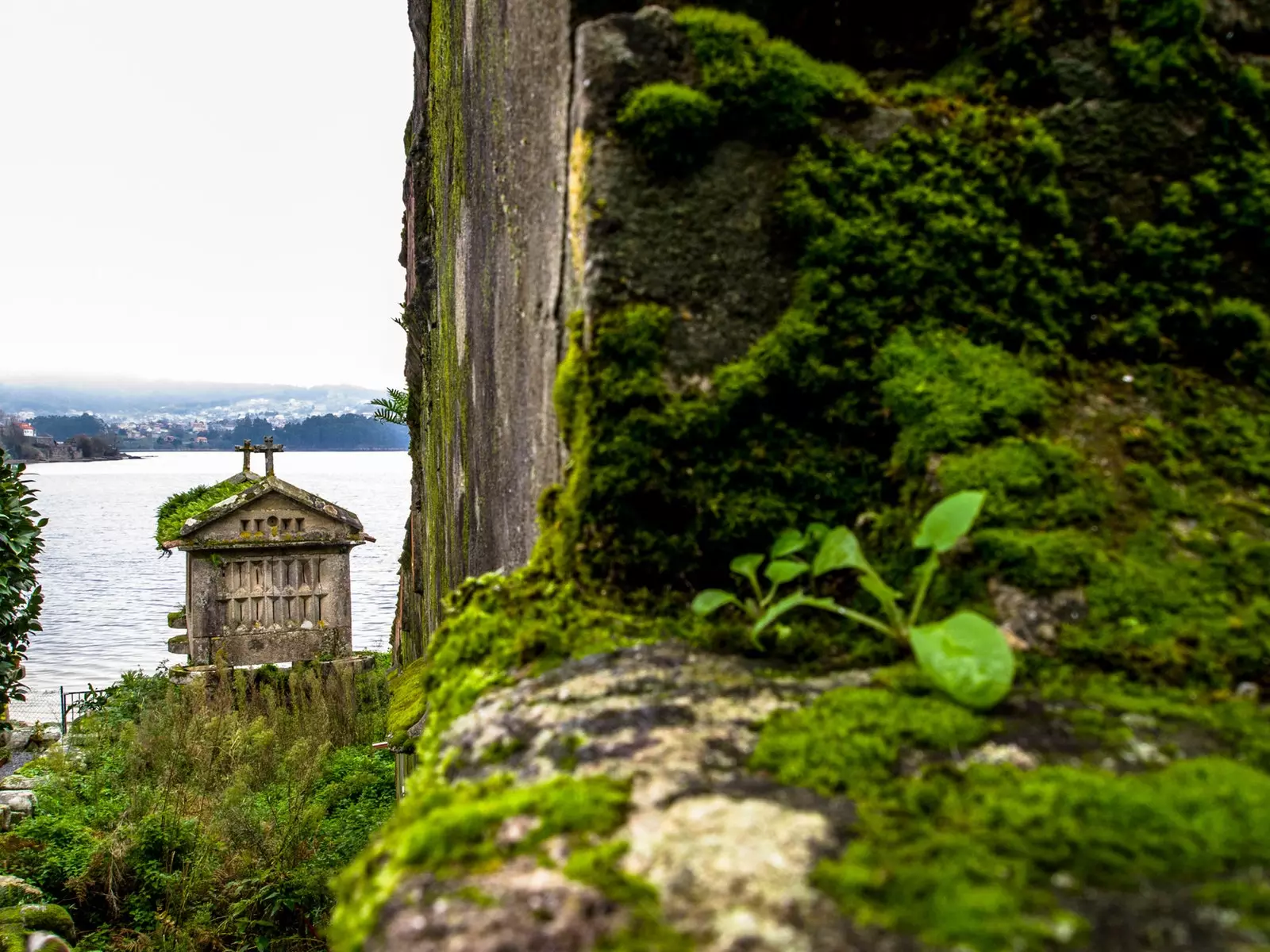
Granaries of Combarro
We know that Miami is far away but we have good news. In the northwest of the peninsula there are kicks . Those of Aezkoa in Navarra, those of Agirre and Ertzilla in the Basque Country, those of Liébana in Cantabria, those of Bierzo and Los Beyos in Castilla y León and those of the town of Bueño, in Asturias, which has a concentration of more than four dozens of them. But if we want concentration, **a large part of them is in Galicia**. And like the one in the Miami store, they can be seen and touched.
In Galicia we have hórreos of all forms : large, small, elongated and wide. Some are curious and they differ from each other depending on the climate and orography.
Because, before becoming works of art of the past They are barns. Barns that were built on strange pillars to prevent mice from eating the crop.
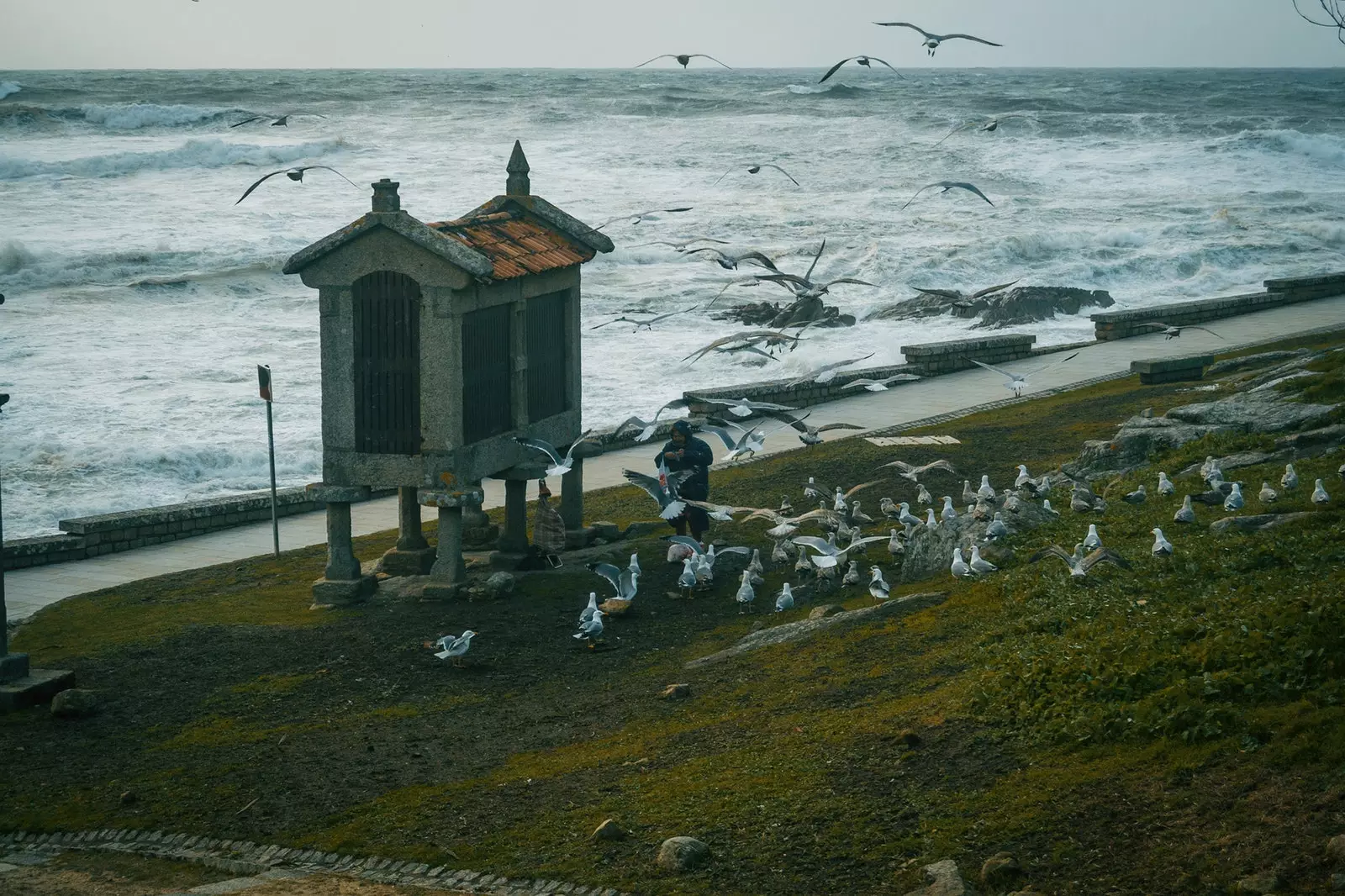
Seagulls fly over a granary near Baiona
Some even have small indentations on the base that were filled with water so that not even the ants could do their thing . Those that are best preserved give a clear idea of those places where they are found. Peoples proud of their history that know how to take care of it.
Everywhere you can find one: from Pazo La Buzaca and its 40,000 square meters of garden even in the ** rustibodega de Ángel **, a furancho from Covas (Meaño), which has it on its terrace.
The exact number of hórreos in Galicia is not known , but at the beginning of the 20th century there were an estimated 30,000 , one for each square kilometer. It was very important because of the subsistence economy.
It was like the pantry we have at home, and it became more important with the arrival of new crops brought from America. Though its history reaches the Celts , the first documentary proof of the hórreos as we know them today we have in the Songs of Alfonso X the Wise .
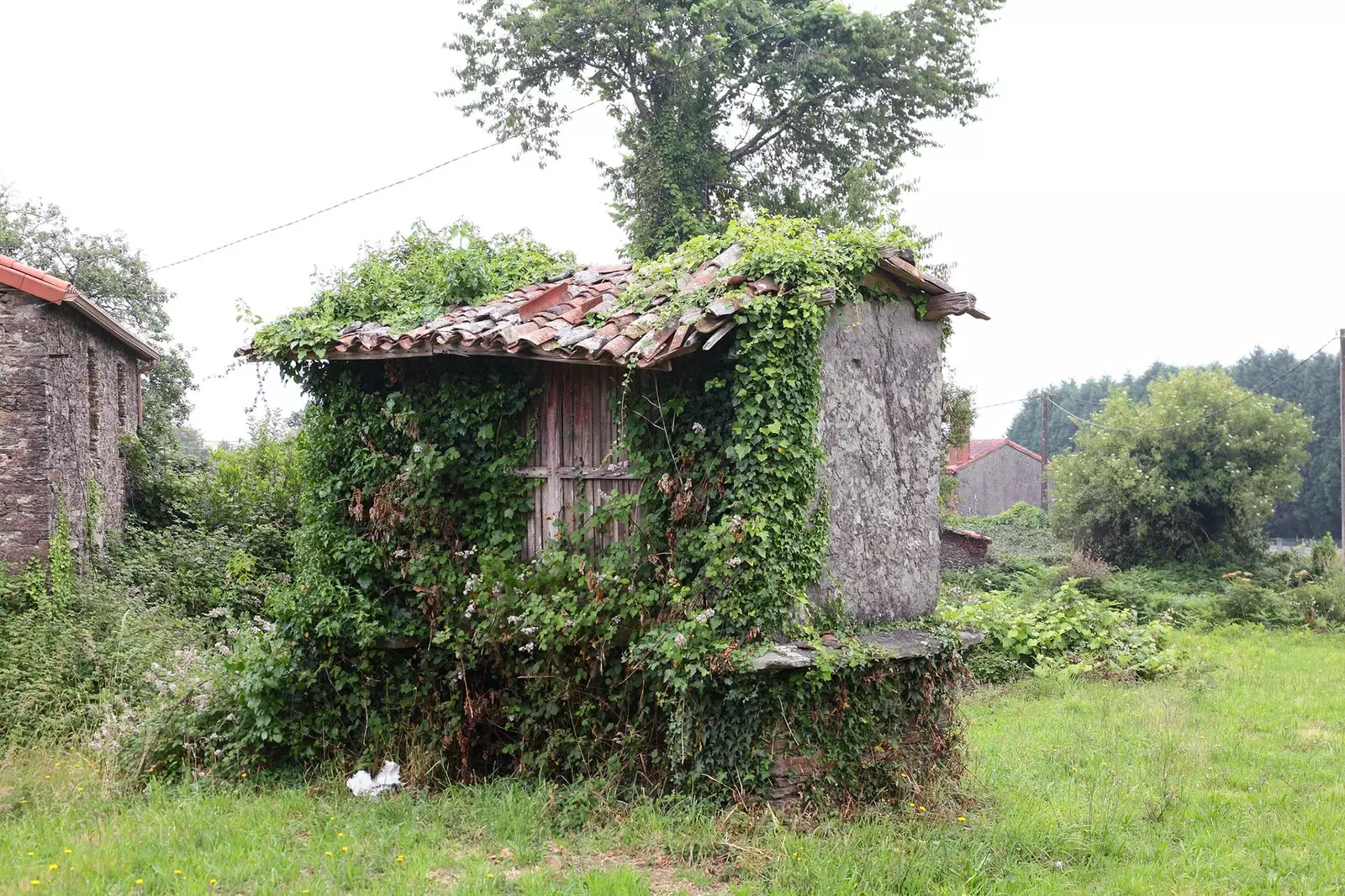
The granaries are symbols of this land
There are small and large groups spread throughout Galicia. In Zorelle, Maceda , there are seven rehabilitated. In Guide Outeiro , in Ourense lands of Gomesende They have a small group that began their restoration in 2009.
In Fondevila , an Ourense parish of Lobies , there are three more small groups of them. In muddy , on the Ribeiro region , is the third on the list in terms of quantity. There are 29 hórreos, some from the 14th century . In Bornalle, Walls , we have the example of 22 granaries scattered throughout the town.
Very close is the Bornalle beach , with fine sand and turquoise waters. A hidden place that few know. Another hidden place is Filgueira, from Cerdedo-Cotobade , a small town on top of a hill from the 18th century in the interior, which still preserves 15 granaries. From there you will have impressive views.
Or in Pedro , in the same council, which has 22. And in who's 24 , all of them granite. If you want a town hall that has many, that's it. Rianxo , which has 770. But if you want the most significant ones, there they go:
CARNOTE
It is a National Monument, it is 34.74 meters long, 1.90 meters wide, 22 pairs of feet and three doors . It was built in 1768 and was the work of the architect Gregorio Quintela.
LIRA
Near Carnota, just over 36 meters long and 1.60 meters wide, and 22 pairs of feet.
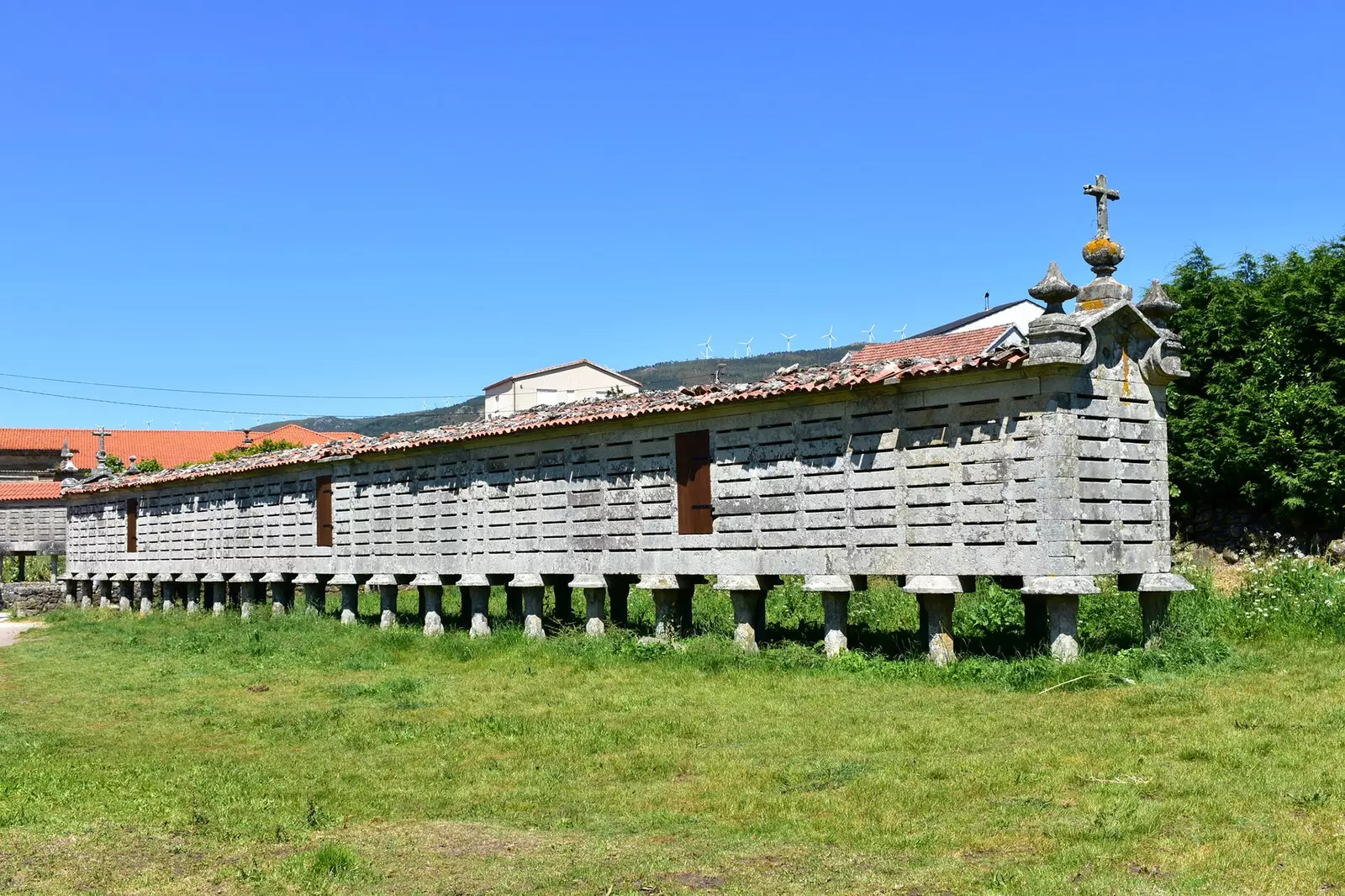
Granary of Carnota
SPIDER
Declared Well of Cultural Interest (BIC), this 17th century granary is the longest on the planet thanks to its 37.05 meters.
PIORNEDO
The village of Asterix and Obelix. Of pre-Roman origin, ** in Os Ancares, Lugo.** It conserves both the pallozas and its hórreos, but these They are of the Asturian type.
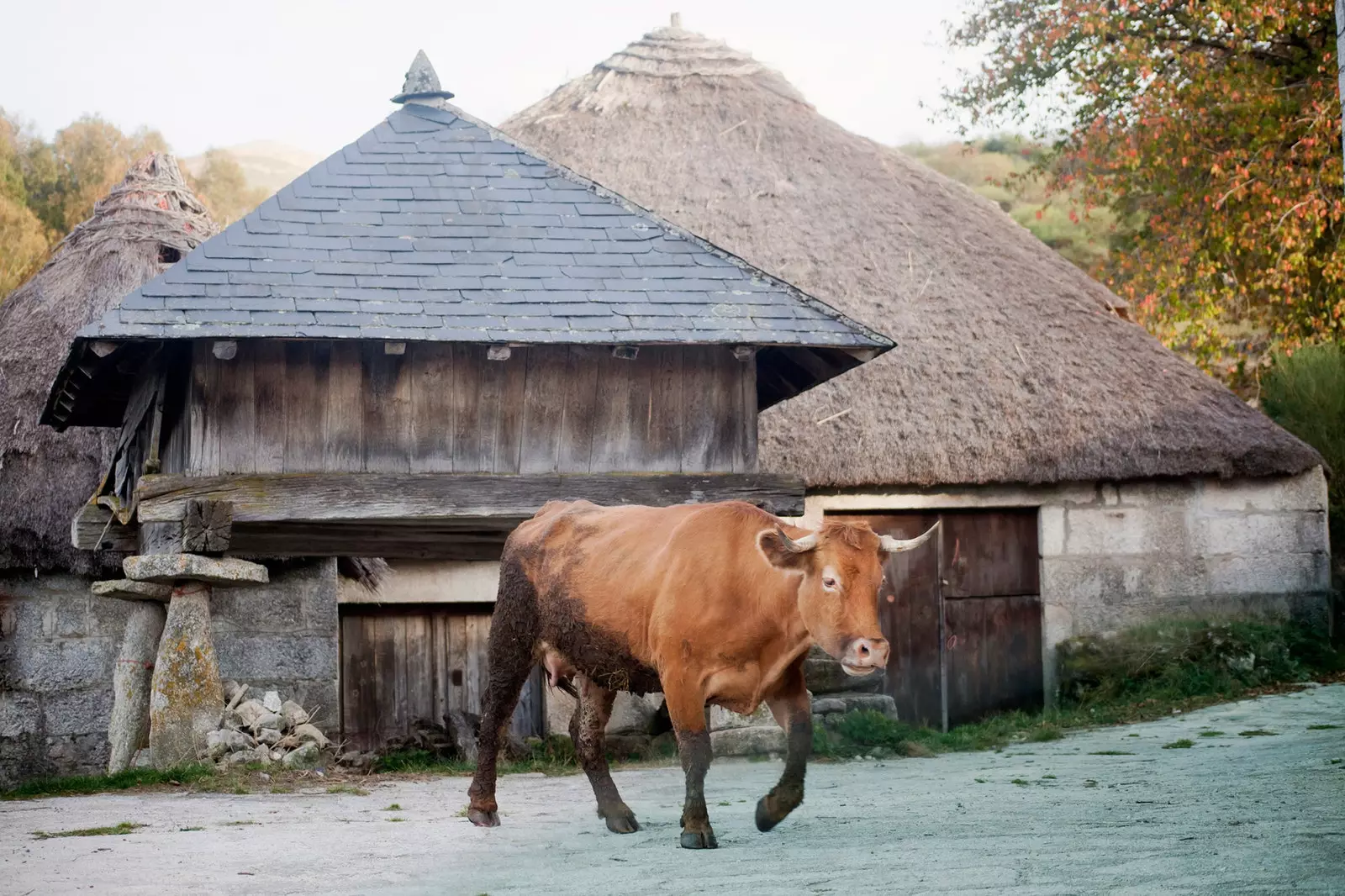
The Asturian-style granaries of Piornedo
TO MARKET
We talked about the third in the top list and you were left wanting to know who was on top. Well, they are in A Merca . Here it is the largest set of granaries in the country and add up to a total of 34 constructions , although there were some more. Nearby is the spectacular Xurés-Gerês cross-border reserve.
POIO
Next to the Benedictine monastery of San Juan de Poio, we have the big one. It is the largest granary in the world. from the 18th century, measures just over 33 meters, and has a width of 3.36 meters , so it occupies 123.32 square meters . Almost nothing.
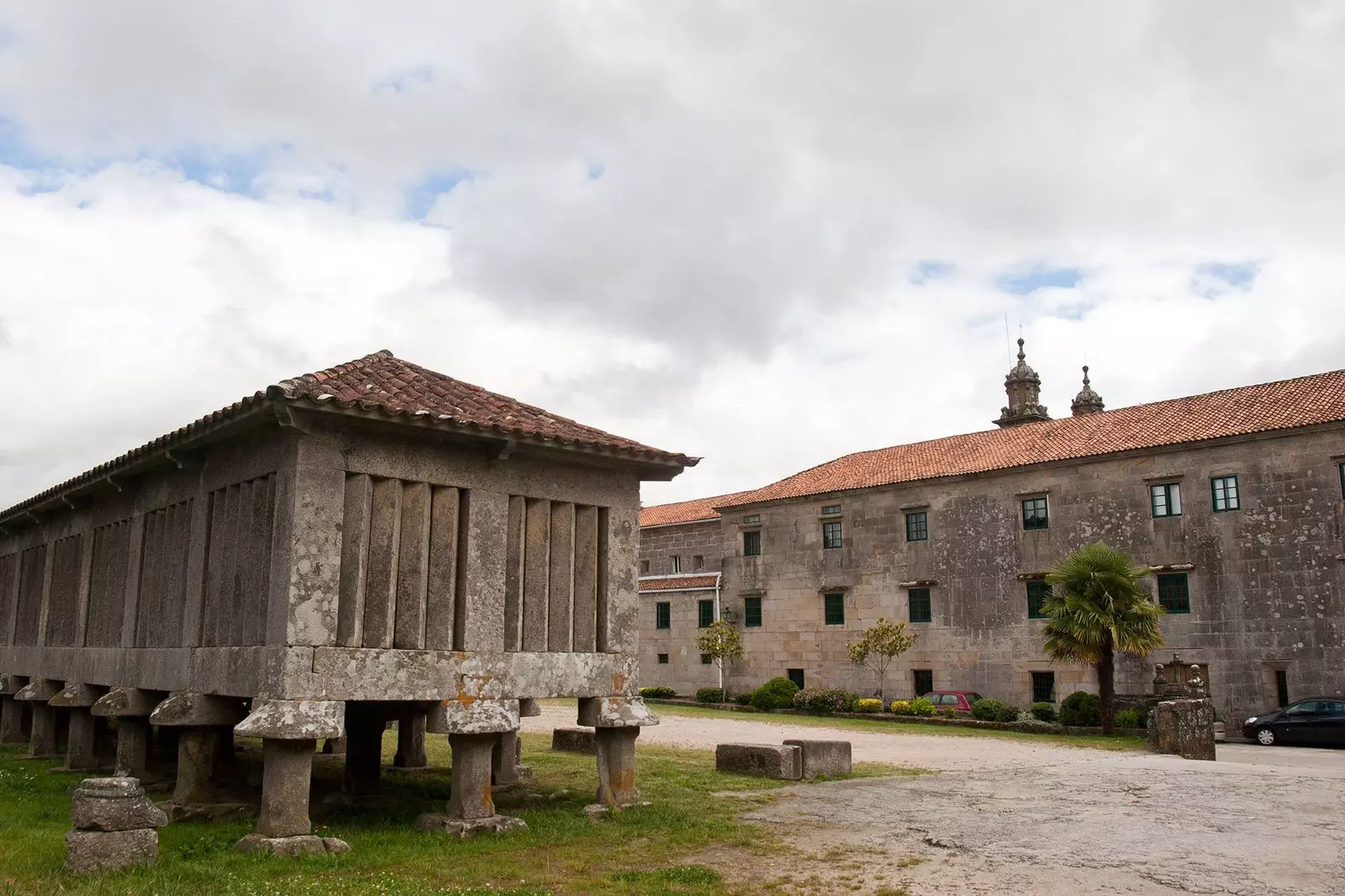
Poio, more than 33 meters of hórreo
COMBAR
Combarro is well worth a visit, not only for the hórreos, since the entire old quarter of this fishing village has been declared an Asset of Cultural Interest. The hórreos have their curiosity, like the figure of the virgin always looks at the sea, and that of Christ at land.
The entire town is made of granite fishermen's houses. some like To Xurunda They are wonderful, and you can get lost in the alleys like the one in San Roque or A Rúa . Houses that they painted with the same colors as their boats. And then go to ** O Bocoi ** _ (rúa do Mar 20) _, a winery that is almost touching the sea, and let yourself be carried away by those stories of sailors and adventurer They were going home to rest.
In my case, being a geek as I am, I would have liked to read the stories of Hugo Pratt that counted of Corto Maltese.
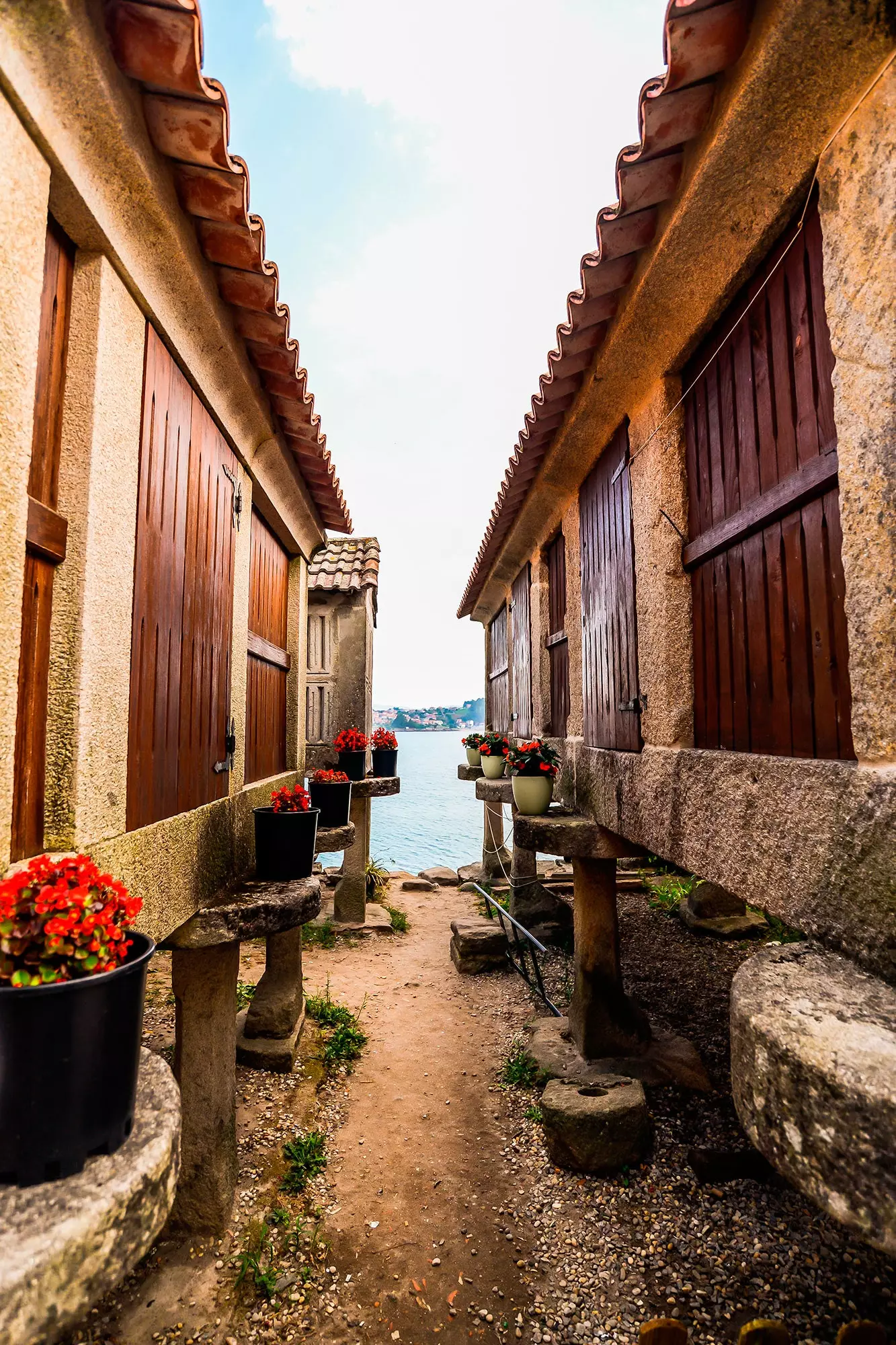
Combarro
